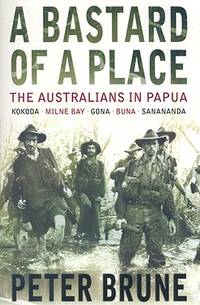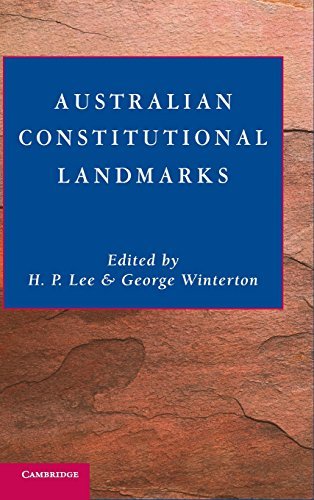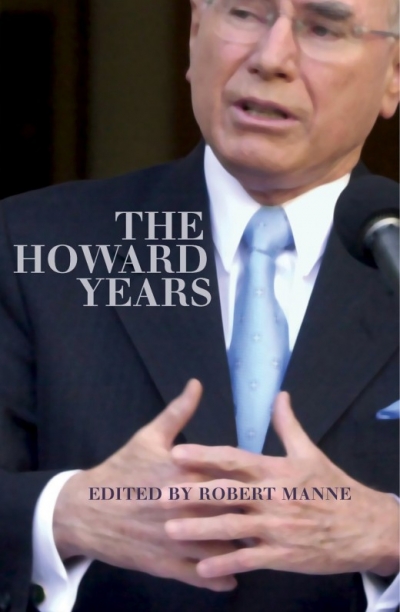Australian History
The Europeans in Australia: Volume Two: Democracy by Alan Atkinson
by John Hirst •
The Web of Science: The Scientific Correspondence of the Rev. W.B. Clarke, Australia’s Pioneer Geologist (2 Volumes) edited by Ann Moyal
by David Oldroyd •
On the Warpath: An anthology of Australian military travel edited by Robin Gerster and Peter Pierce
by Peter Ryan •
A Bastard of a Place: The Australians in Papua by Peter Brune
by Rodney Beecham •
Australian Constitutional Landmarks by H.P. Lee and George Winterton
by Michael Kirby •
City of Light: A History of Perth Since the 1950s by Jenny Gregory
by David Hutchinson •









